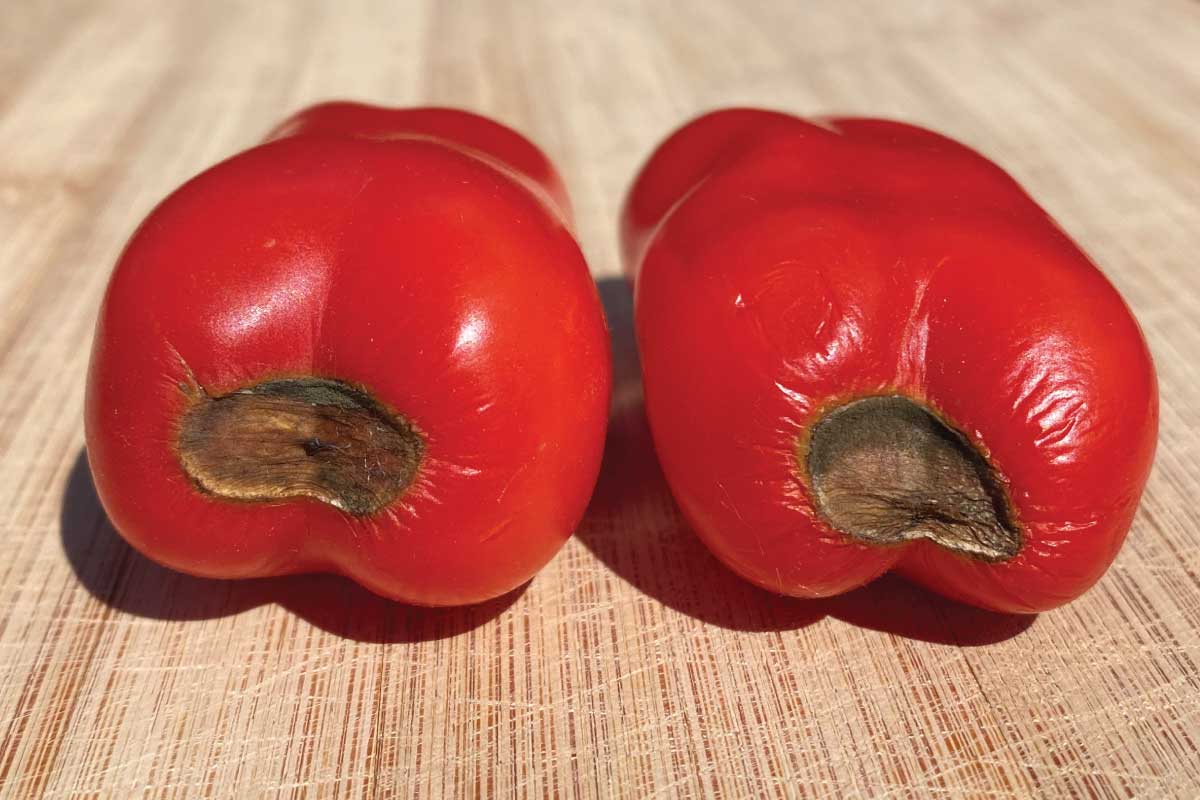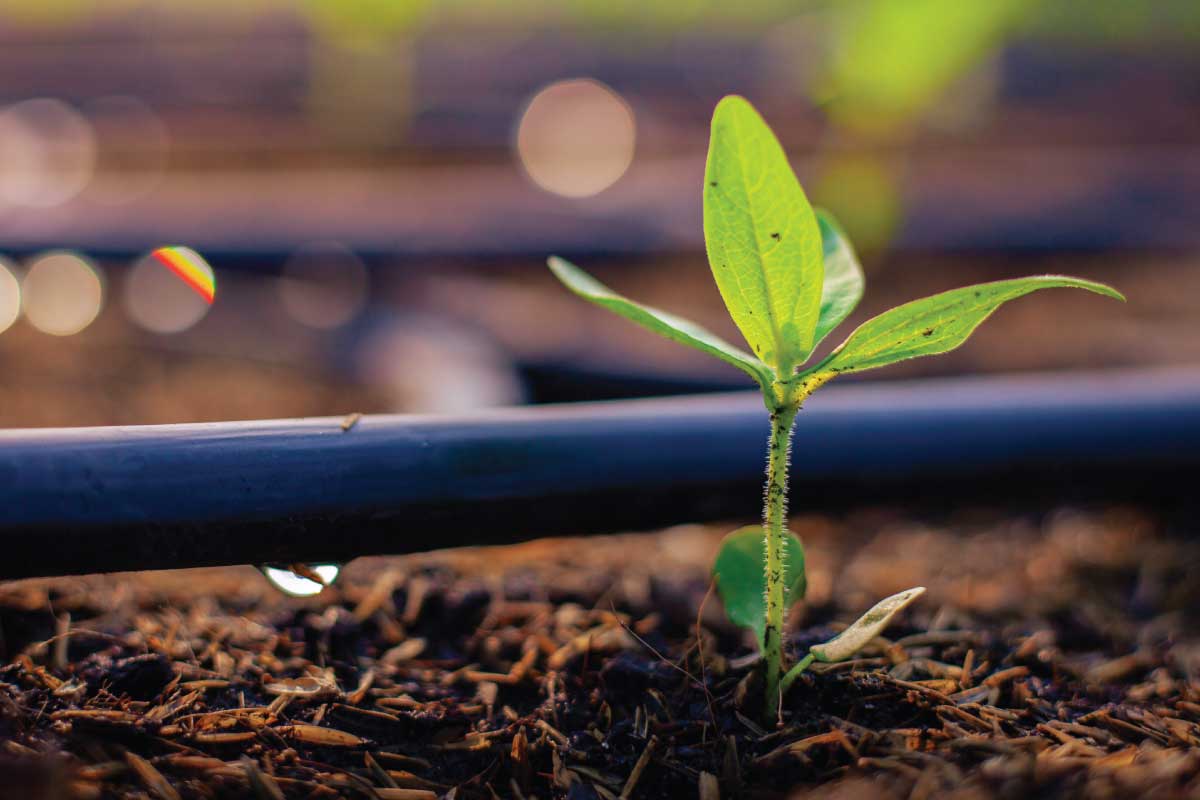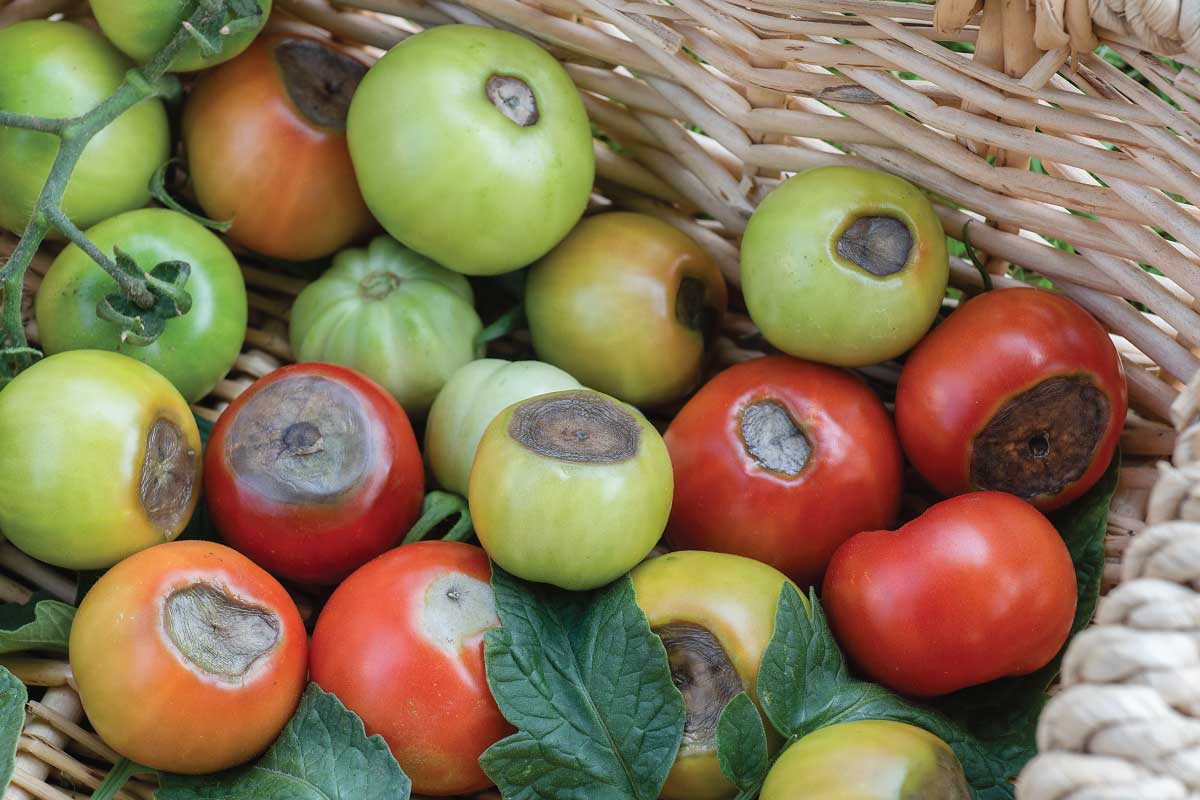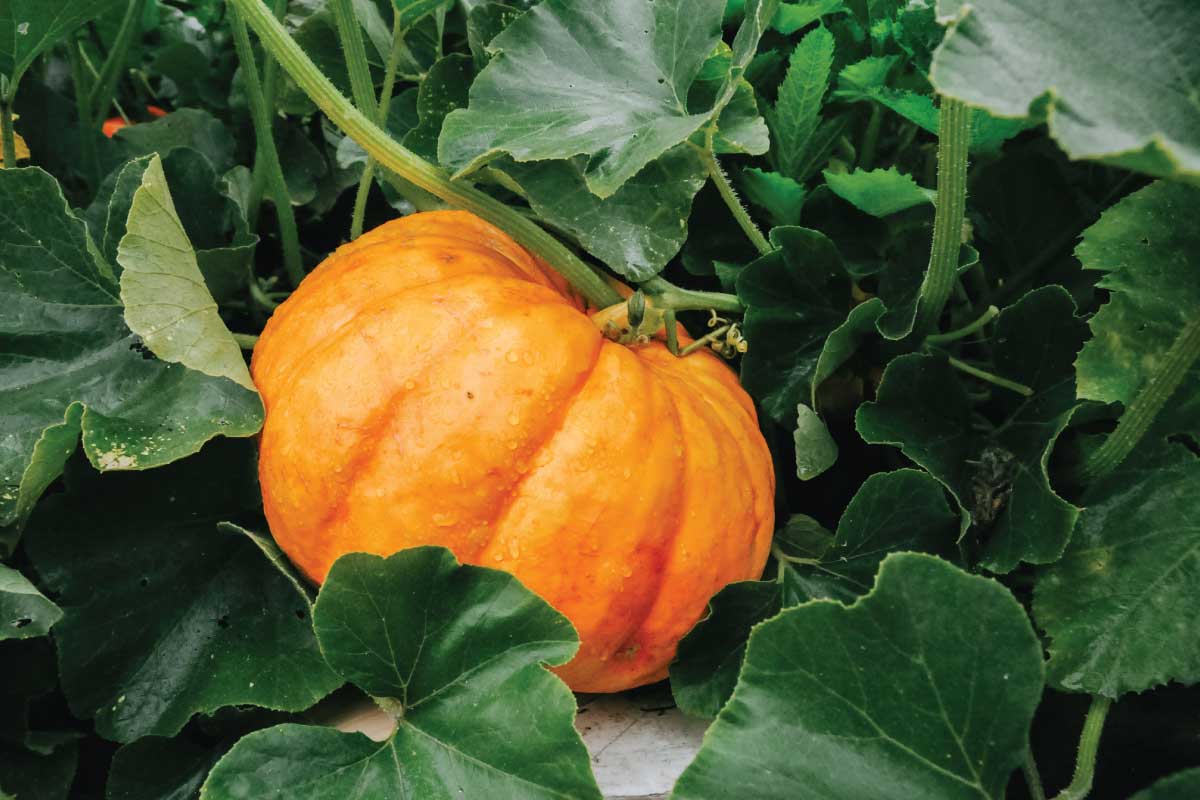Have you ever grown tomatoes, or other types of vegetables or fruit, that develop a squishy or leathery spot on the blossom end of the fruit? It’s disappointing, to say the least, after having spent so much time and energy caring for your plants.
It’s possible that these symptoms could be caused by blossom end rot (BER). In this article, you will learn what is blossom end rot, what causes it, how to prevent it, and how to treat your plants for it if it has already started.
What is blossom end rot?
Blossom end rot is an area of rotting tissue that occurs at the blossom end (the area opposite the stem end) of a vegetable or fruit. Blossom end rot most commonly occurs in the following crops:
- Tomatoes
- Squash (i.e. Zucchini, Pumpkin)
- Peppers
- Melons (i.e. Watermelon)
- Eggplants
What causes blossom end rot?
Blossom end rot is caused by a lack of calcium in the fruit. It is not caused by a disease or pest. Sometimes there is not enough calcium in the soil. Sometimes there is enough calcium in the soil, but there is something interfering with the plant’s ability to distribute it to the fruit. Reasons for this may include:
- Inconsistent watering
- Underwatering or overwatering
- Soil conditions such as pH and levels of nutrients in the soil
- Damaged roots
- Weather conditions including humidity, temperature, and wind

How to Prevent Blossom End Rot
Some factors like weather cannot be controlled, but there are some things you can do to try and prevent blossom end rot in your garden.
Water Consistently
Moisture consistency in the soil is one of the best things you can do to prevent blossom end rot. This means watering at the same time in the same amount on a consistent schedule (i.e. every day, every other day, etc.) and adjusting if there is rainfall or if it’s especially hot or dry.
A drip irrigation system on a timer is a great way to water consistently, but you will need to remember to adjust it if needed like skipping rainy days or increasing output on especially hot or dry days.
Additionally, consider mulching around the base of the plants to help the soil retain moisture.

Get a Soil Test
A soil test will help you determine if you need to amend the soil. For example, you may need to amend with lime to reduce your soil’s acidity, which can help make nutrients in the soil (like calcium) more available to the plants. A soil pH of around 6.5 is ideal for home gardens.
Additionally, it’s important to choose a fertilizer low in nitrogen because nitrogen encourages foliar growth (more leaves), which may cause leaves to deplete calcium from the soil, leaving little left for the fruit. It’s also important to not over-fertilize, especially when the plant is young.
Don’t Disturb the Roots
Avoid disturbing the roots, which can cause damage and interfere with the plant’s ability to take up moisture and nutrients.
Grow Resistant Varieties
Some varieties are more or less likely to experience blossom end rot. For example, elongated tomatoes like San Marzano are more prone to it than rounder varieties.

How to Treat Blossom End Rot
What do you do if you notice blossom end rot? It’s not too late to correct the problem.
Contrary to popular belief, adding eggshells, Epsom salt, or some other type of home remedy is not the best treatment. The best thing you can do is to focus on consistent soil moisture.
Adjust Watering
Make sure that you are watering consistently at the same intervals and in the same amounts, adjusting based on wet or dry weather as needed.
Add Mulch
Mulch helps the soil retain moisture by keeping it cooler and preventing it from drying out as quickly in hot or dry weather.
Conclusion
Blossom end rot is no fun, but it’s not dangerous or contagious and can easily be prevented or treated. Happy growing!



